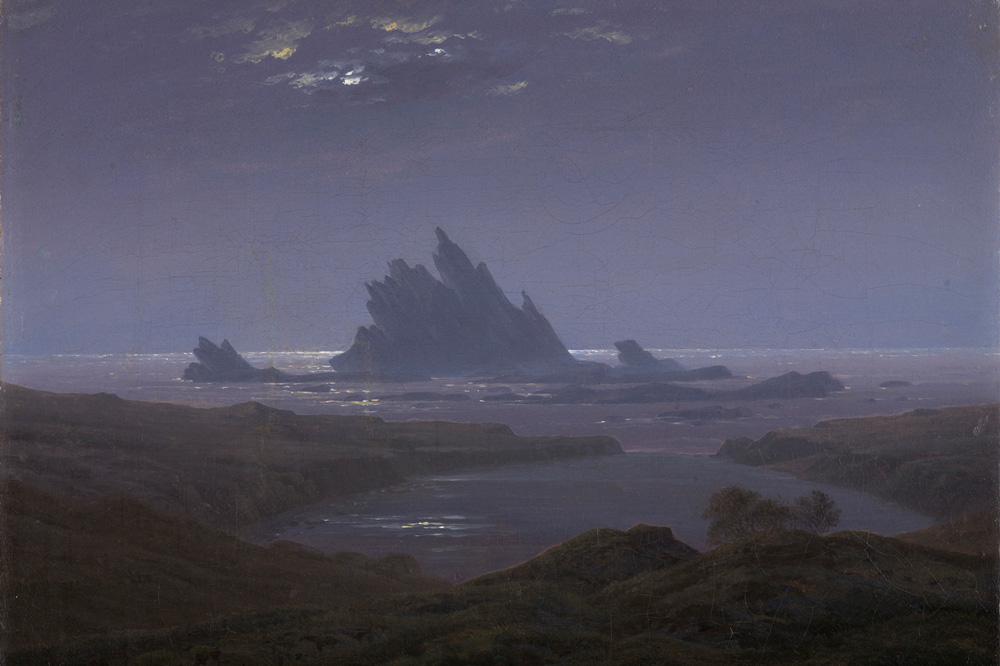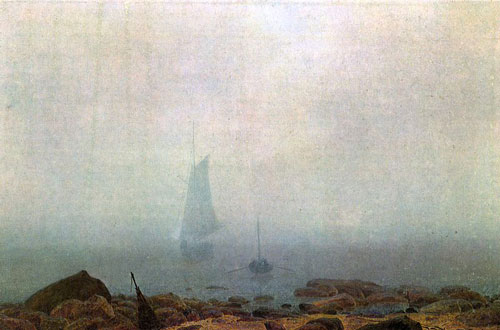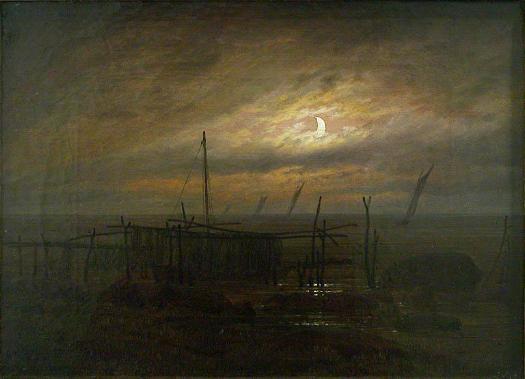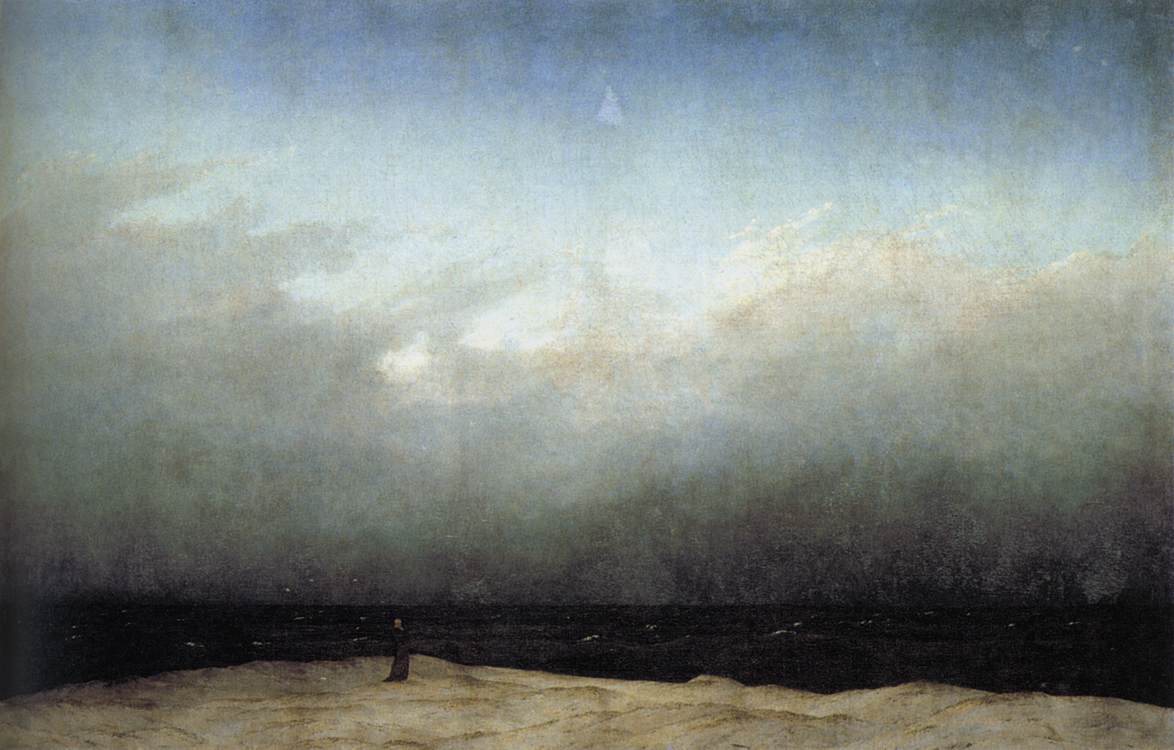Possibly the rarest book collection of short stories in the weird macabre is Twixt Dog and Wolf (1901) by Charles Francis Keary. The book is known to have influenced James Joyce’s famous Dubliners (1905), as evidenced in a letter from Joyce dated 24th September 1905 (Letters of James Joyce, Vol. 2, p. 111).
From the 1917 Times obituary…
“a series of short sketches in the weird and macabre, Twixt Dog and Wolf (1901), excellently done.”
188 pages, and seemingly long ago snapped up and secreted away from the world in the libraries of Joyce scholars. There’s one copy in the British Library, and that seems to be all.
The title presumably not from werewolves, but rather from…
“that dim and deceitful hour “‘twixt dog and wolf”, as the French have it, when shadows and objects are intermingled and outlines lost. (Egerton Castle, Incomparable Bellairs, 1922).
Reviews in the Pall Mall Gazette, 10th Dec 1901, and a pro-realist one in the Athenaeum, 25th Jan 1902…
Mr. C. F. KEARY has broken new ground in the volume of fantasies entitled ‘Twixt Dog and Wolf (Brimley Johnson). ‘Elizabeth’, the longest, is a tale of diablerie and enchantment — a vanishing castle, a witch, unearthly hounds and hunters, the screech-owl that was once wicked Hilda, a snake that comes and goes on the devil’s errand with a piece of gold in its mouth, and much more to the same purpose — a good story of its kind, but the effect is marred by a certain incoherence and want of grip in the telling. We have nothing but praise for ‘The Four Students’ of Paris, who jocularly enter into a mystic compact on Christmas Eve, 1787, scratching a pentacle on the floor with a rusty iron nail, exchanging drops of blood pricked from their arms, and shouting a sonorous invocation to the spirits, Ja, Pa, Asmodai, Aleph, Beleph, Adonai, &c. What happens in consequence is by no means jocular; the young men leave their garret in the Rue Pot-de-Fer, and pass under the shadow of the guillotine. This is a fantasy of flesh and blood, in every sense, and is far superior, we think, to the somewhat conventional super-naturalism and the ingenious, but slightly morbid allegories which form the staple of the book. Mr. Keary’s writing is nearly always distinguished, alike in the choice of words and in their arrangement; if he does not entirely satisfy us, we must look deeper. The truth seems to be that his imagination, fine as it is, is not powerful enough to produce a clear and harmonious impression of resemblance when it seeks to create a world for itself; its ideas are imperfectly realised, and the reader, though charmed and interested, feels a vague disappointment, which he cannot immediately account for. Mr. Keary has already shown that he is capable of excellent work, and in some respects this volume is equal to anything he has done. But he has aimed too high and in the wrong direction. Dreams, after all, are none the worse for being founded on fact. (Athenaeum, 25th Jan 1902)
If anyone does happen to get a copy, I’d welcome hearing if any of the stories are set in Stoke-on-Trent or the surrounding Potteries / North Staffordshire area, as Keary’s novel The Mount is. Keary was from Stoke-on-Trent.





















